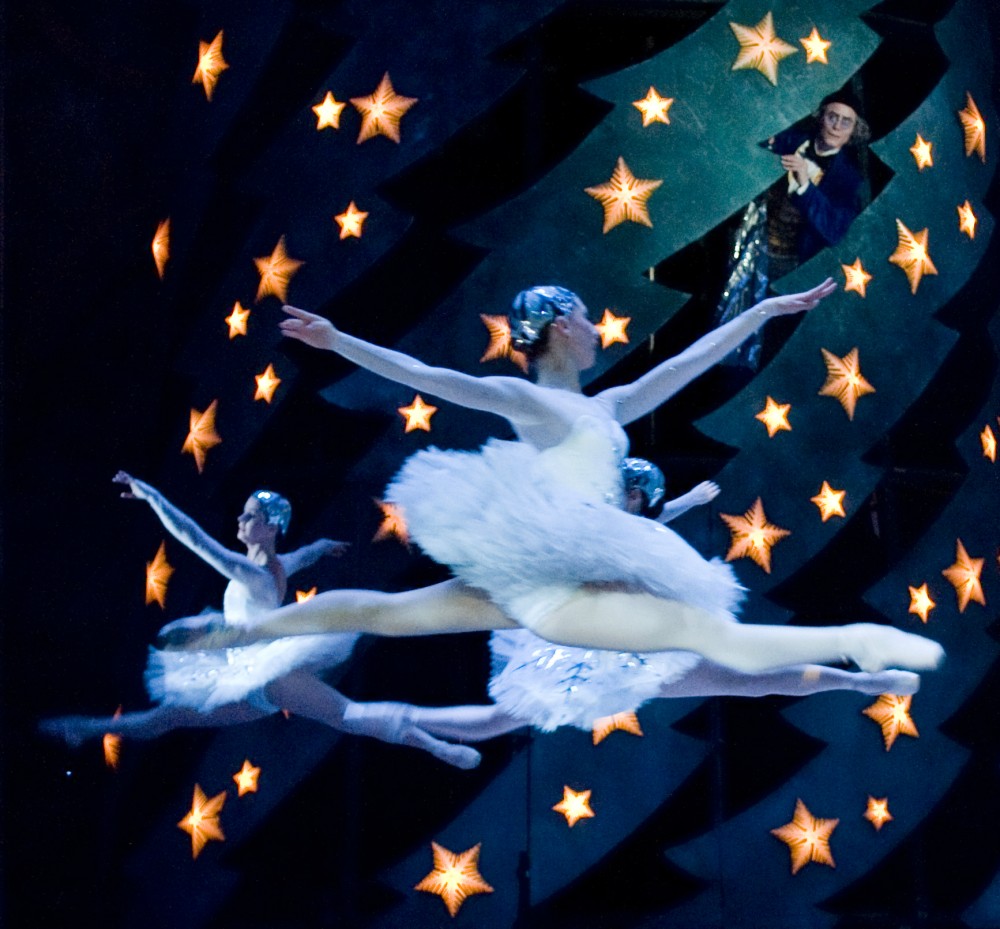How dancing in The Nutcracker has shaped my sense of Advent
When I read the annunciation story, I picture Mary as Clara.

Each Sunday in December, as our congregation lights the candles of the Advent wreath, I am reminded of a white taper candle I once held as a baby angel in my first performance of The Nutcracker. Since then I’ve played almost every part in the ballet, from baby angel to soldier to snowflake to Arabian dancer to the Dew Drop Fairy. For many people, The Nutcracker is a secular Christmas tradition. For me, it’s become part of preparing spiritually for Advent.
In 1979, the Tulsa Ballet’s production cast two baby angels, Kelsey and me. Although our choreography was quite simple—we were five years old—the baby angels were entrusted with the important task of carrying the light of hope and serving as divine companions to Clara, the ballet’s main character, through her coming-of-age journey. We were costumed entirely in white—and wire. Wire suspended a delicate halo above my head; more wire lined the tulle of my unwieldy hoop skirt which kept me from sitting down or maneuvering easily around the set.
Our guide was Ms. Larkin, our everyday ballet teacher. To the world, she was known as Moscelyne Larkin, one of the five Native American ballerinas who toured with the Original Ballet Russe and Ballet Russe de Monte Carlo in the 1940s. While on tour she met her husband, Roman Jasinski, with whom she founded the Tulsa Ballet.




